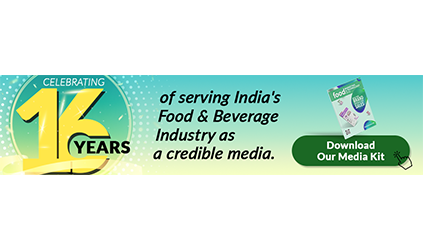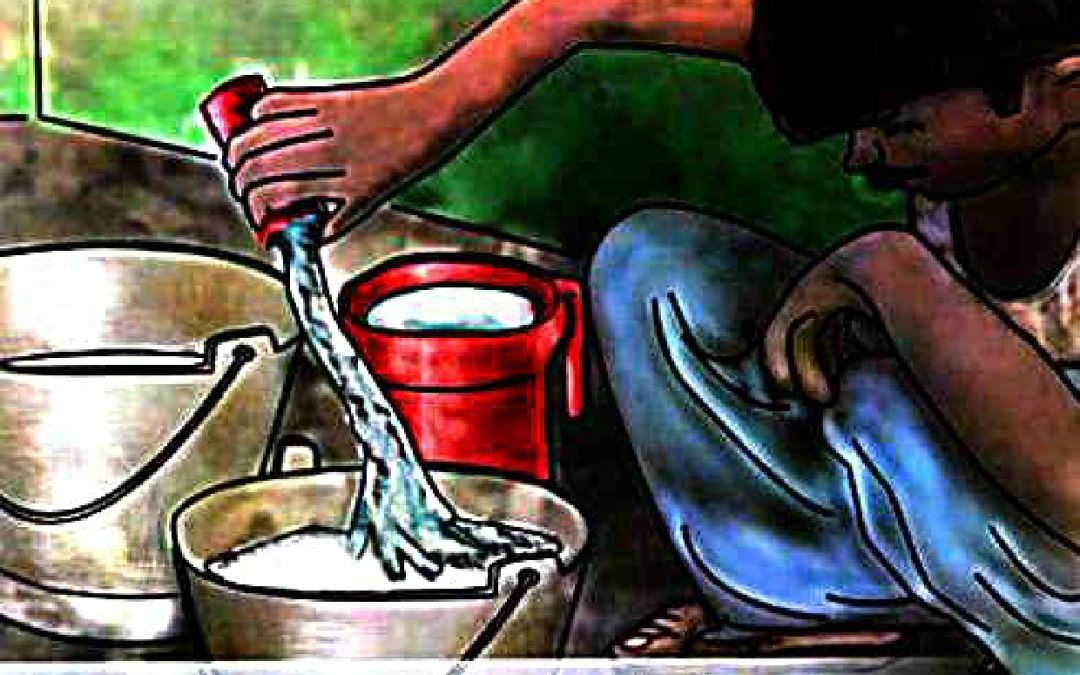Milk has a proper food nutrient necessary for human body. Milk has protein, fat, carbohydrates, vitamins and minerals in easily digestible form due to this milk is best for infants and adult. The milk business is growing in India, Most of the food product is formed from milk substituent such as ghee, cream, paneer, ice cream, whey, sweets etc. Milk demand is continuously increasing but number of milking cow and buffalo are declined continuously. To compensate the demand of milk, milk man added water and synthetic milk in pure milk. generally, Adulterant are added in milk to increase fat percentage, SNF percentage, protein content and freezing point so increase milk quality in dishonest way. Milk is adulterated by naturally and manually because farmer uses more unnecessary fertilizers in fodder to grow. So adulteration of milk has been a major issue. A survey FSSAI predict in 2012, 68% milk sample is found adulterated with water, detergent, urea and skimmed milk powder. Some of the major adulterants in milk having serious adverse health effect are urea, formalin, detergents, ammonium sulphate, boric acid, caustic soda, benzoic acid, salicylic acid, hydrogen peroxide, sugars and melamine. Urea in milk overburdens the kidneys as they have to filter out more urea content from the body. Synthetic milk becomes yellowish on boiling but natural milk remains unchanged. Even that Milk adulteration with water is also have adverse effect on quality, that decreases the quantity of ions present in the milk and electrical conductivity also get changed. Water and skim milk are added to increase the volume of milk, thereby increasing profits for the seller.
Common Adulterant:
- Table sugar: In order to increase the carbohydrate content and density of the milk, table sugar is added as an adulterant which also increases the density of milk. Table sugar also gives sweeter taste similar to natural milk.
- Starch: Starch is adulterated in milk to increase the solid content not fat. Apart from starch, wheatflour, rice flour and arrowroot flour are also added. Flour act as a thickening agent, only increase the viscosity of milk. starch itself is not highly toxic, its presence in milk can be harmful to infants and people with specific dietary restrictions.
- Sodium carbonate: Sodium bicarbonate, Benzoic acid and Salicylic acid act as a preservative are added to milk to increase the shelf life of milk.
- Soap: To make the milk thick, soap is added to milk, which leads to severe health issues related to stomach and kidneys. Soap is generally used to reduce the surface tension of milk. Fat and protein freely move in milk so adding soap interact with fat and protein globules, causing the particle to move around. Detergent is used to prepare emulsion of oil in water and give a frothy solution. Peroxides and detergents in milk can cause gastro-intestinal complications, which can lead to gastritis and inflammation of the intestine.
- Formalin: Formalin (37% formaldehyde) is added to milk to preserve it for a long period of time or long distance transportion without refrigeration. It is highly toxic and leaves a damaging effect on the liver and kidney.
- Ammonium Sulphate is used as an adulterant in milk as it has the tendency to increase the lactometer reading and decrease lactose content by maintaining the density of milk.
- Neutralizers: Caustic soda is used to neutralize the acidic effect of synthetic milk. NaOH is used to maintain the pH of Milk. Synthetic milk is high in alkalinity.
- Non-Milk fat: Some diary man remove milk fat from milk for additional financial gain and compensate it by other non milk fat such as vegetable oil.
Detection of adulteration:
|
S.No. |
Adulterant |
Chemical procedure |
observation |
|
1. |
Water |
putting a drop of milk on a polished slanting surface. |
The drop of pure milk flow slowly leaving a white trail behind it, whereas milk adulterated water will flow immediately without leaving a white trail. |
|
2. |
Detergent |
Take 5 ml synthetic milk in a test tube and add 0.1 ml 0.5% Bromocresol Purple (BCP) solution. |
Formation of violet colour indicates the presence of detergent. |
|
3. |
Starch |
Take 3 mL sample in a test tube, boil and cool it to room temperature. Then add 1 drop of 1% iodine solution. |
Formation of blue color indicates the presence of starch. |
|
4. |
Sugar |
Take 5 mL milk sample in a test tube, add 1 mL conc. HCl and 0.1 g resorcinol solution. Place this test tube in water bath for 5 min |
Formation of red color indicates the presence of added sugar |
|
5. |
Neutralizers |
Take 5 ml of milk in a test tube and add 5 ml alcohol followed by 4-5 drops of rosalic acid |
If the colour of milk changes to pinkish red, then sodium carbonate /bicarbonates are present |
|
6. |
Skim milk powder |
Add nitric acid drop by drop in to the test milk sample. |
The development of orange colour, it indicates the milk is adulterated with skim milk powder. |
|
7. |
preservative |
Take 5 mL milk sample in a test tube and acidify with sulfuric acid, 0.5% FeCl3 solution is added to it drop by drop Mix it. |
Appearance of buff color indicates the presence of benzoic acid whereas that of violet color indicates salicylic acid |



